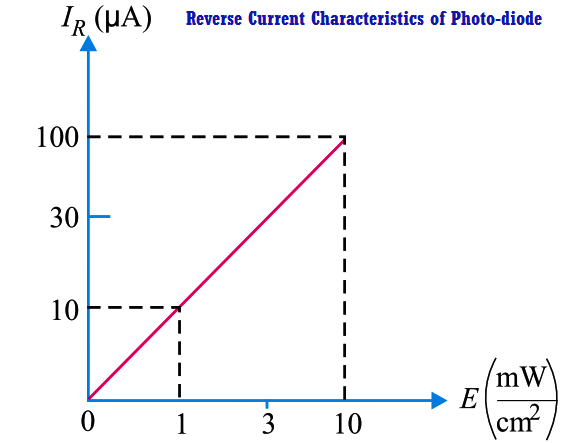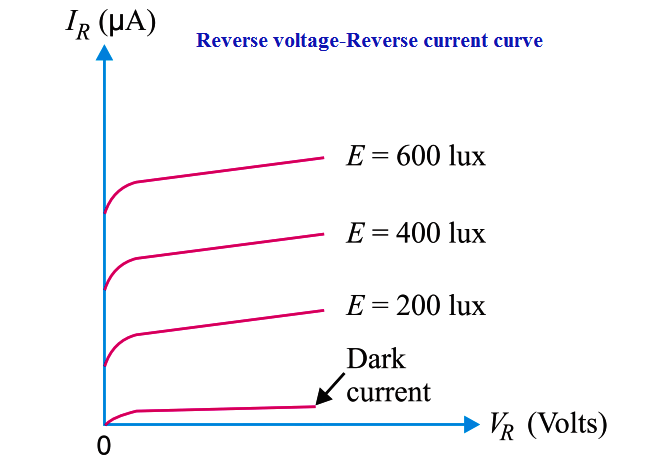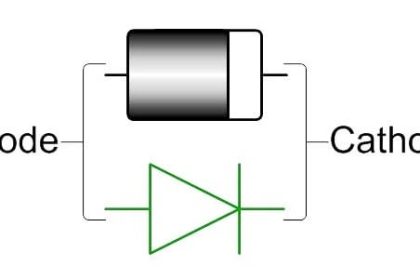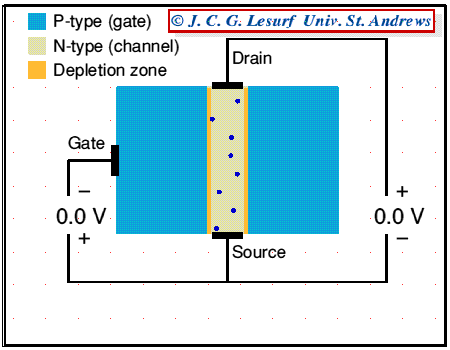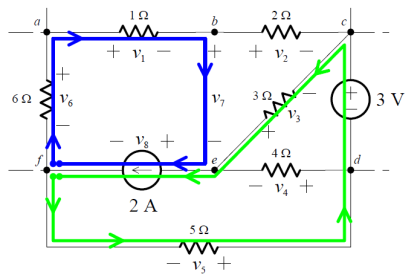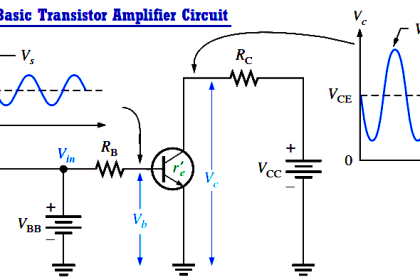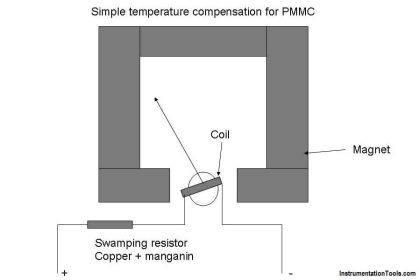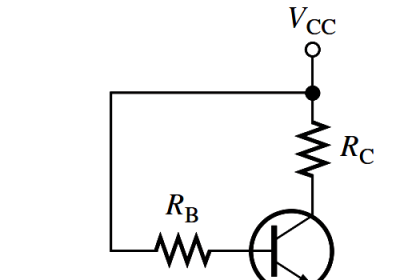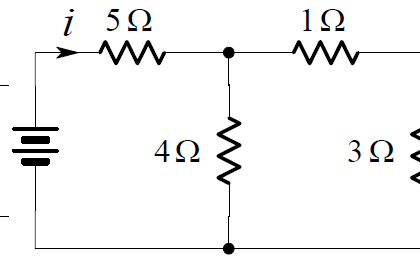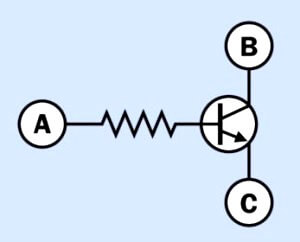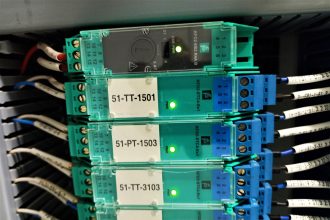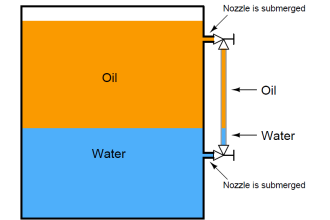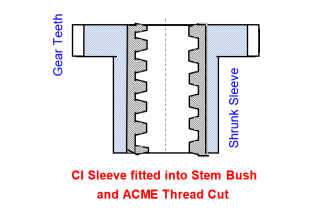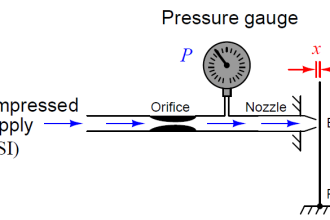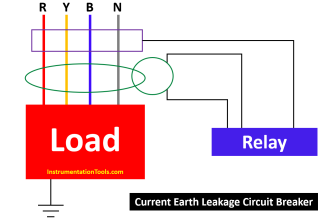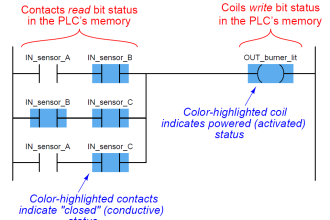There are two important characteristics of photo- diode.
(i) Reverse current-Illumination curve.
The below Fig shows the graph between reverse current (IR) and illumination (E) of a photo-diode. The reverse current is shown on the vertical axis and is measured in μA. The illumination is indicated on the horizontal axis and is measured in mW/cm2. Note that graph is a straight line passing through the origin.
∴ IR = mE
where m = slope of the straight line
The quantity m is called the sensitivity of the photo-diode.
(ii) Reverse voltage-Reverse current curve.
The below Fig. shows the graph between reverse cur- rent (IR) and reverse voltage (VR) for various illumination levels. It is clear that for a given reverse-biased voltage VR, the reverse current IR increases as the illumination (E) on the pn junction of photo-diode is increased.
